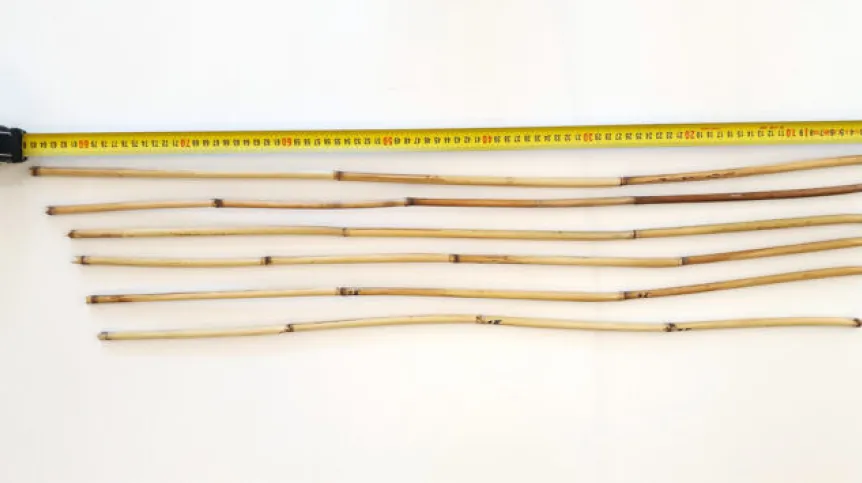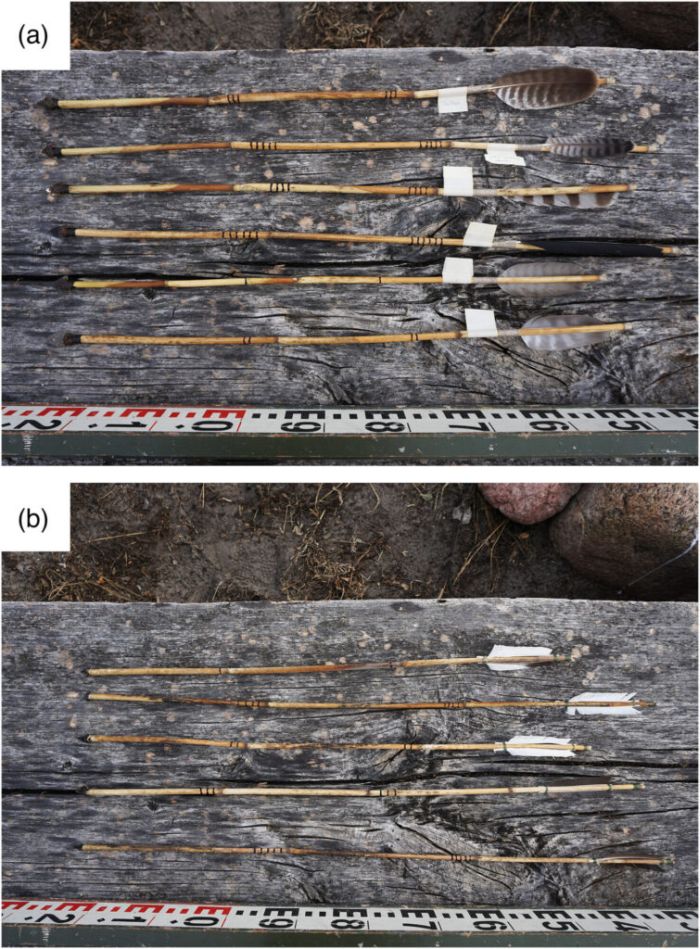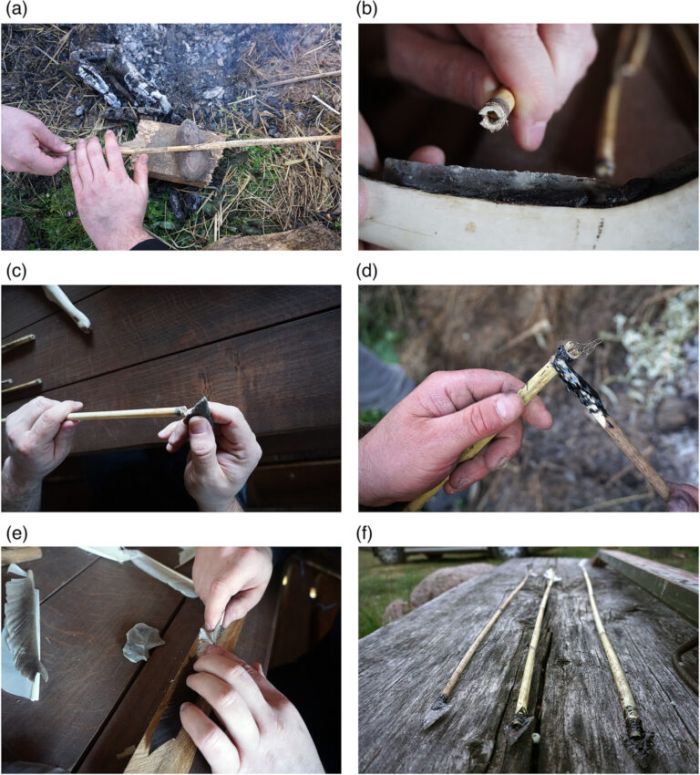
Polish researchers investigated the potential use of reed in prehistoric archery. Analyses show that reed was well suited for prehistoric archery. A paper on this topic was published in the journal Archaeometry.
Aleksandra Cetwińska from the Antiquity of Southeastern Europe Research Centre of the University of Warsaw (UW) reported the results of research on the possible use of reed for archery in prehistoric Europe to PAP - Science in Poland. The research was conducted by scientists from the University of Warsaw, the Warsaw University of Life Sciences and the Polish Academy of Sciences Museum of the Earth in Warsaw. The paper in the journal Archaeometry is titled 'Investigating the potential of using reed (Phragmites) arrowshafts in prehistoric Europe through mechanical and experimental research'.
According to the publication, 'a bow and arrow is one of the oldest composite weapons used by humans in prehistory.’ The earliest indications of their likely use date back to 60,000 BCE.
'Archaeological sources indicate that in Europe, species such as pine, willow, birch, hazel, dogwood or alder were mainly used for arrows production', says Cetwińska quoted in an article on the website Archeowieści of the Faculty of Archaeology of the University of Warsaw.
Despite its global prevalence, common reed was relatively rarely used in arrow production, mainly due to its fragility.
Nevertheless, as the researcher adds, 'the use of reed in archery is well documented in ethnoarchaeological and ethnographic literature, especially in regions where more durable shrubs or trees are less accessible.’
She adds that 'the main information source for plant-based raw materials used in prehistoric archery in Europe, especially for arrow manufacture, are the arrowshafts themselves.’
It is suggested that grooved stones were probably used for straightening arrowshafts. Two such artifacts were discovered in Supraśl in northeastern Poland. This discovery prompted Polish researchers to investigate the possible use of reed for archery in prehistoric Europe.

Credit: Cetwinska et al. 2024, CC BY-NC-ND 4.0
However, the researchers focused not so much on the stone 'straighteners' themselves, but on the possibility of using reed as a raw material for the production of arrows.
To examine the properties of the reed, the researchers conducted three-stage tests aimed at verifying its mechanical, technological and functional properties, which are crucial in the process of making arrows.
'First, we subjected manually harvested samples from six random locations to a series of mechanical tests, mainly centred on its spine-force value, the most important element in the evaluation of raw materials for arrowshaft production, as well as other aspects that contribute to its overall durability,’ Polish researchers write in Archaeometry.
They studied the technological aspects of this production by making reed arrow replicas.
Finally, they devised a series of shooting tests to evaluate the ballistic properties of reed arrows and assess their ability to withstand the forces generated by the velocities achievable with two prehistoric bow replicas.
The research results indicate that common reed was ideally suited as a raw material for arrow production. This is primarily evidenced by the exceptional stiffness of the material, which contributes to its durability.
'This observation would not have been possible without the mechanical analyses performed by Dr. Grzegorz Koczan from the Warsaw University of Life Sciences,’ says Cetwińska.
Reed also turned out to be a raw material that was incredibly simple to work with and exhibited exceptional ballistic properties, that can be utilized with understanding of its qualities beforehand, the researcher adds.

She continues that 'research into the potential use of reed has opened up new avenues of inquiry in the field of prehistory, providing significant insights into prehistoric archery in Europe'. In her opinion, the results also have practical applications in reconstructing and contribute to better understanding of the techniques and skills of prehistoric archers worldwide. (PAP)
amk/ bar/ kap/
tr. RL













